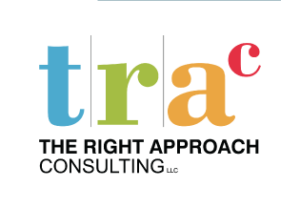In the new 2016 version of AS9100, the word “shall” is mentioned 197 times, and as we all know, shall means that there is no gray area. All “shalls” are non-negoitable, which means the requirement is not just a suggestion, but a requirement. Over the next series of blogs, I will break these down by the seven major requirements and try to provide some plain English translation.
4.0 CONTEXT OF THE ORGANIZATION I
4.1 Understanding the Organization and Its Context
The organization shall determine external and internal issues that are relevant to its purpose and its strategic direction and that affect its ability to achieve the intended result(s) of its quality management system.
The organization shall monitor and review information about these external and internal issues.
4.2 Understanding the Needs and Expectations of Interested Parties
Due to their effect or potential effect on the organization’s ability to consistently provide products and services that meet customer and applicable statutory and regulatory requirements, the organization shall determine:
- the interested parties that are relevant to the quality management system;
- the requirements of these interested parties that are relevant to the quality management system.
The organization shall monitor and review information about these interested parties and their relevant requirements.
Plain English Translation
This requirement is simply about understanding all the internal & external influences on the company, such as the economy, competition, regulations, branding, product, technology, etc. Part of this analysis is understanding the expectations of those that have an interest in how the business performs, or Interested Parties, such as owners, employees, customers, banks, etc. Then the final part of this is to make sure your quality system is adequate to support all of these attributes.
Contact me to see how I can help you develop your Context of the Organization process for ISO 2015 or AS9100 2016 as painlessly as possible in your company.
920-841-3478
Steve@TheRightApproachConsulting.com













You must be logged in to post a comment.